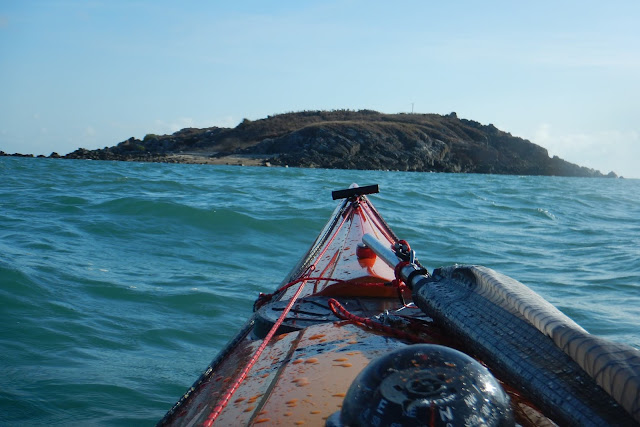Distress Beacons Fact Sheets
What is a distress beacon?
Distress beacons come in three types. Mariners use buoyant watertight beacons known as emergency position indicating radio beacons (EPIRBs). Aircraft are fitted with crash-activated emergency locator transmitters (ELTs). Pocket-size personal locator beacons (PLBs) are for personal use by bushwalkers, four-wheel drivers, employees working in remote areas, boat crew and aircrew.The Differences Between EPIRBs and PLBs
Personal Location Beacons work in exactly the same way as EPIRBs by sending a coded message on the 406 MHz distress frequency which is relayed via the Cospas-Sarsat global satellite system. However, there are a number of differences between them. PLBs are designed to be carried on the person and are designed to be used on the sea and also on land.PLBs, once activated, will transmit for a minimum of 24 hours; while an EPIRB will transmit for a minimum of 48 hours. An EPIRB is registered to a vessel, whereas a PLB is registered to a person. This means that if you are crewing a yacht and you switch to a new yacht the PLB is still correctly registered, however, if you have an EPIRB and buy a new yacht you will need to re-register it when installing in your new boat.
How Does It Work?
Distress beacons, when activated, transmit radio signals that are detectable by orbital satellites and overflying aircraft. The satellites report the position of active distress beacons to rescue authorities via stations located in Albany, Western Australia and Bundaberg, Queensland. This information is processed to provide position information and then passed directly to the Rescue Coordination Centre (RCC) in Canberra.Successive satellite passes are used to refine this information. The satellite system can produce position information with an accuracy of five kilometres for a 406 MHz beacon. Some 406 MHz beacons are capable of transmitting a GPS position with an accuracy of 120 metres. An aircraft hearing an activated beacon will immediately make a report to aviation authorities who will pass this information to the RCC.
It should be noted that detection of the beacon by aircraft or satellites is critically dependent on the beacon placement. Once activated, the beacon should be placed upright in a clear area with the antenna fully extended.
A beacon should not be switched off once activated for a distress situation until directed to do so by the search and rescue agency. EPIRBs are designed to operate continuously for a minimum of 48 hours. PLBs and ELTs are designed to operate for a minimum of 24 hours.
What Sort of Response Will RCC Australia provide to an Activated Beacon?
The RCC will usually know the location of an activated 406 MHz beacon that transmits a GPS location within minutes. Distress beacons that do not have the capability to provide a GPS position will provide an initial alert to the RCC within minutes, however there will be no associated position. In these circumstances the RCC will need to rely on successive passes of the orbiting satellites before the location of the beacon may be determined. Satellites over-fly the Australian region on average every 90 minutes however passes may be anywhere from minutes to 5 hours apart.Response times will be improved if the 406 MHz beacon has been registered with the Australian Maritime Safety Authority (AMSA) and emergency contacts are aware of trip details. Beacons may be registered online with AMSA. Trip details may also be submitted to AMSA online.
RCC Australia will organise an initial response using available resources to identify the nature of the distress. Search and rescue for a non-aviation incident over land is the responsibility of state police forces. RCC Australia will normally pass information about such incidents to the police once the nature of the emergency has been established.
Once the position of a station in distress is known, response times will depend on the time for a search and rescue unit, such as a helicopter, aircraft, vessel or ground party to be readied and transit to the search area. The more remote the location of the station in distress, the longer the response time.
What are the procedures if a distress beacon is activated accidentally?
Every year, valuable search and rescue resources are wasted in locating distress beacons that have been activated accidentally or without the owner's knowledge.To minimise the possibilities of accidental activation owners are urged to pay careful attention to:
- the need for careful and thoughtful stowage of the beacon where the activation switch is not subject to pressure, or to sudden shock due to physical movement;
- the need to educate travelling companions about the consequences of activation;
- the need to prevent interference with the beacon by children; and
- the disposal of unwanted beacons or beacon batteries. Refer to the manufacturer's user or instruction manual for disposal instructions. Beacons should only be disposed of after the batteries have been removed (batteries can remain effective well after the 'replace by' date marked on the beacon). Batteries should be disposed of through a battery recycler.
- 1800 641 792
- 1800 815 257



Comments
Post a Comment